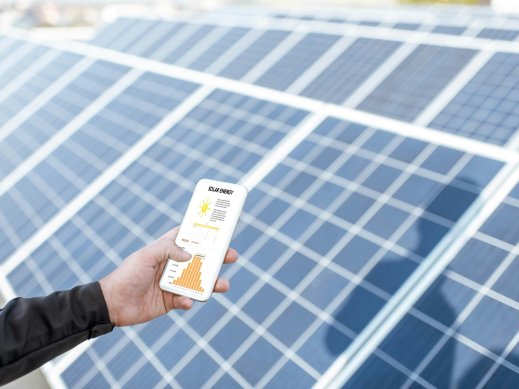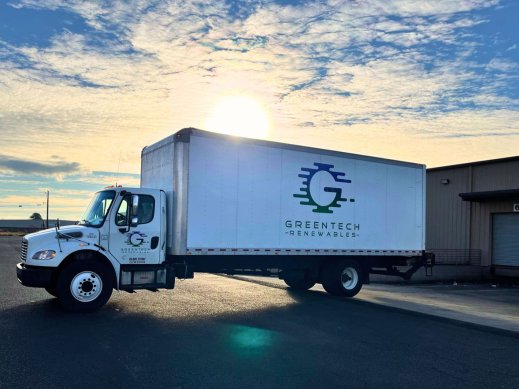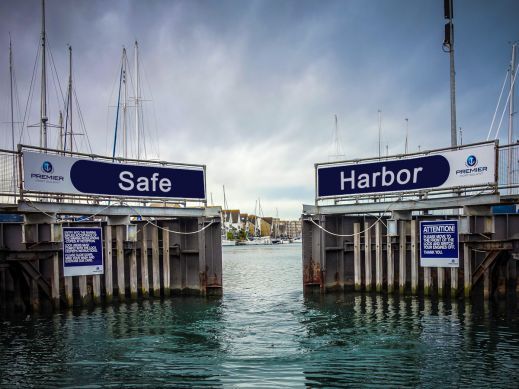
Equipment requirements for TPO products have always been more stringent than for cash and loans, but the gulf between those categories will ratchet up several notches on January 1st, 2026. Not coincidentally, that is also the exact day that many cash-focused installers are considering shifting their installations toward TPO, given the expiration of 25D on 12/31/25.
Before committing to transitioning from customer ownership to TPO in 2026, installers should first understand the new supply chain obstacles they are likely to encounter in the process and make sure they are aligned with the right finance and distribution partners to help them navigate them.
Background on FEOC
Starting in 2026, projects claiming 48E’s base 30% tax credit must comply with restrictions on the amount of equipment that can be sourced from Foreign Entities of Concern (FEOC) — for our purposes, China. The definitions around FEOC are complex and evolving, but the relevant thresholds starting in 2026 (and increasing over time) are:
- At least 40% of PV components must come from non-FEOC companies
- At least 55% of storage components must come from non-FEOC companies
How do you define the percentage? Current guidance is to use the existing domestic content tables, which specify specific percentages for each sub-component of equipment. However, to avoid confusion, keep in mind that FEOC and domestic content requirements are not the same. FEOC has to do with who manufactures the equipment, whereas domestic content pertains to where the equipment is manufactured.
How do you know which equipment is safe from FEOC risk? TPO providers have been scrambling for answers to this question as soon as the OBBB was introduced, and much uncertainty remains. Many manufacturers have yet to share information about their ownership structure, necessary for TPO providers to definitively determine whether the equipment would comply with FEOC restrictions or not. Further guidance from Treasury could also change which companies are/are not defined as FEOC.
How TPO Providers Can Navigate FEOC
Facing this remaining uncertainty, there are two main ways that TPO providers can mitigate FEOC risk starting on January 1st:
1. Safe harbor product in 2025 to bypass FEOC restrictions
2. Restrict their 2026 AVL to product combinations they feel extremely confident will comply with FEOC restrictions
Many mainstream TPO providers have made, and are continuing to make, safe harbor purchases in 2025 that bypass FEOC. However, “safe harbor everything” is not a realistic solution for a few different reasons. First, not all TPO providers have access to the capital, equipment, and distribution capabilities necessary to execute a safe harbor agreement successfully. Second, the providers who are making safe harbor purchases are keen to extend their 48E runway for as long as possible, so finding FEOC-compliant solutions through the end of 2027 that don’t require safe harboring extends their ability to use safe harbor products as far as 2030.
So, despite the remaining uncertainty, TPO providers who are not exclusively planning to operate through safe harbor structures in 2026 need to provide guidance to installers on their 2026 AVL as soon as possible. Since getting FEOC wrong could jeopardize their entire ITC structure, a conservative approach that only includes equipment combinations with extremely low FEOC risk is prudent. The result will be limited AVLs and, most likely, huge competition over the limited supply of compliant products.
Competition for FEOC-Compliant Equipment
Many existing manufacturers and SKUs on 2025 TPO AVLs will not make the cut for 2026, restricting the supply of available product. At the same time, the expiration of 25D will only increase the demand for TPO products in the new year. The result will be intense competition and potential price increases for a limited supply of highly coveted equipment, particularly modules.
On top of safe harbor programs, one other strategy that TPO providers can utilize to secure compliant equipment for their installer partners is negotiating preferred supply agreements with distributors. Accordingly, TPO providers who have strong relationships with major equipment suppliers have an advantage in ensuring that their installers are able to access the material necessary to claim the 48E tax credit next year.
Best Practices for Installers Selling TPO in 2026
Given the above, I recommend that installers who are considering jumping into the TPO space in 2026 for the first time take the following two steps:
Ask TPO providers for their 2026 AVLs. If they don’t have a 2026 AVL and they don’t have a safe harbor program, it’s impossible to know whether you can source the equipment necessary to comply with FEOC requirements.
Talk to your distribution partner. Once you have a 2026 AVL to look at, talk to your distribution partner about availability of the required materials. Given long lead times for POs and the high demand for limited supply, it could be very difficult to source an FEOC-compliant bill of materials in the first half of 2026.
While sharing the proceeds of the 48E tax credit with the homeowner after the 25D expiration is a compelling idea, it won’t be possible to to do so without access to qualifying equipment. If you don’t know what materials a TPO provider will require in 2026 or you don’t have confidence that you’ll be able to source them, I strongly advise against selling any such product until those conditions change.
On the bright side, the removal of the 25D tax credit completely liberates cash and loan deals from any such challenges. Supply and demand are likely to make FEOC-compliant equipment more expensive, eating into the value of the tax credit it unlocks. My recommendation to installers is to fully understand the hoops that must be jumped through to qualify for 48E in 2026, evaluate whether doing so is right for their business, and align with the right partners to help them execute on their chosen strategy.



